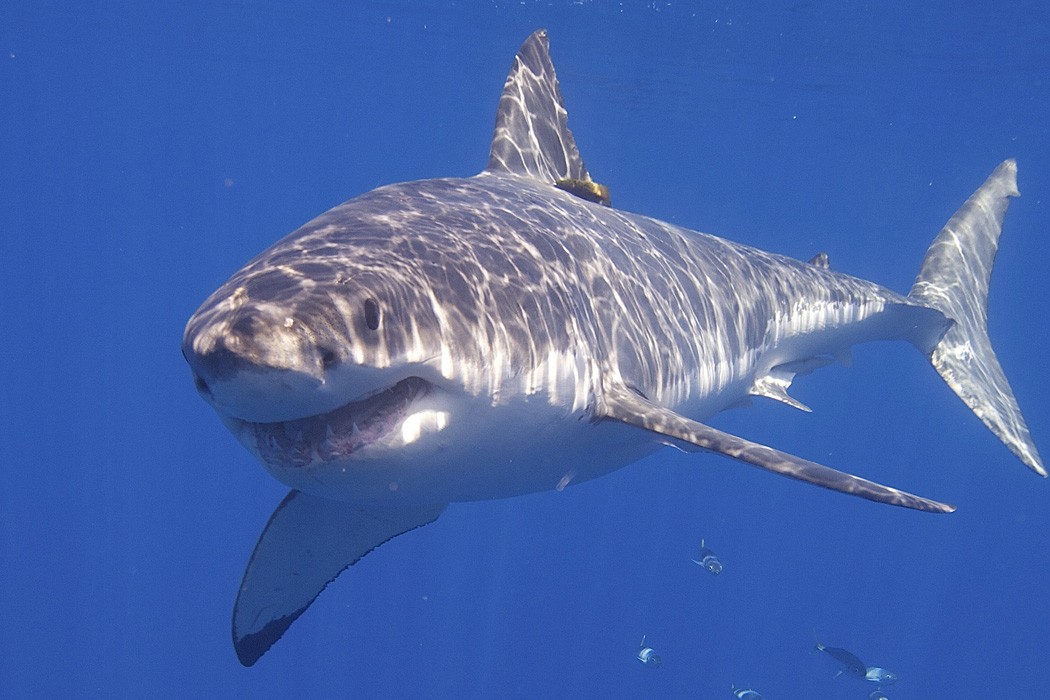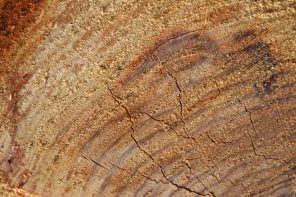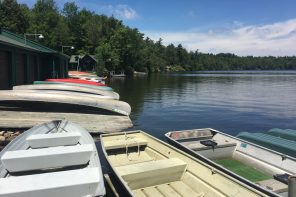Did I mention that Mary Lee is a shark? Electronically tagged off Cape Cod in 2012, Mary Lee has been pinging her way up and down the east coast for the last three years. Apparently, according to the tracking map on her Twitter feed, the waters of Virginia’s eastern shore are one of her favorite ports of call.
It’s really not news that we are surrounded by shark-infested waters. Our mostly-deserted barrier islands bow out from the mainland like a pregnant belly to make space for ideal fish nurseries in broad, untroubled bays. Once, on a paddle across one of these bays out to Smith Island, a fin emerged from the water and circled my kayak. It would have been ominous if the fin hadn’t been so tiny and…cute.
Other creatures make their occasional visits to our shore. Once I was running down a beach without my glasses and caught a glimpse of a washed-up sack of potatoes on a small dune. Only it moved when I passed close to it and suddenly it transformed before my unbespectacled eyes into an Arctic harbor seal. It was a moment of encounter made possible by living on the edge of the world.
I’ve been here for a decade now. Folks still ask why. This little strip of sand is so far from the crowds — madding or otherwise. Surely I must get tired of the inconvenience, if not the isolation?
It’s hard to explain the advantages of a lonely, tidal land. Our human community may be constricted by economic deprivation and a long-lived insularity that afflicts our racial and class relations, but there is something to be discovered with each new tide. Adhering to the rhythm of the water’s intercourse with the land yields a holy wisdom and a type of hospitality.
Our periwinkles embody this wisdom. These small snails have a very restricted range of motion. The tide comes in, they crawl up the spartina grass to escape the rising water. The tide goes out, they move back down to feast on the gifts the waters brought.
A legendary experiment revealed something remarkable about the periwinkle, though. Removed from the waters with their blades of grass, they still moved up and down with the rhythm of the tides. Then, taken far from home (to Chile I heard), they immediately adjusted to the local tides and continued their march.
These marginal creatures possess senses that I don’t have. They are exquisitely attuned to the pull of the moon and with their ancient knowing they receive what the waters give, whereas I need the occasional appearance of a great white or a seal to stir me into the wonder that welcomes the waters.
The waters are rising here. We are likely less than a half-century away from tides that will regularly flood the causeways to a few of our islands. In a century most of our barrier islands may be gone. But we don’t talk about the change much. It’s politically unpopular but it also fits a narrative we sometimes tell ourselves.
Climate change is just one more loss to be endured — like the massive oyster harvests of yesteryear; like the rich hauls of blue crab from the Chesapeake Bay; like the children who once stayed home to live and work but now go off “across the bay.” Why shouldn’t the land itself fade away?
But then again, there are people who live a different narrative here. Margaret shows up on my Facebook page frequently. There she is planting eelgrass to improve the seaside habitat. Or she’s placing oyster rocks to restore the native population. Or she’s posting signs on barrier islands to warn off visitors like me from treading on bird nests in the dunes. In the pictures she’s sunburned and smiling. She has put herself in the margins and has discovered life.
When I was in campus ministry, one of my colleagues had a saying: “Activity at the margins creates integrity at the center.” The activity of this marginal place is slow but deep. It is not loud but it is receptive. We can’t even hear the voice of God ourselves all the time. But every so often it pings and circles our craft and moves purposefully up and down a windblown blade of grass. And we smile a knowing Margaret smile and pray that grace endures.
Photo: Elias Levy / Flickr




